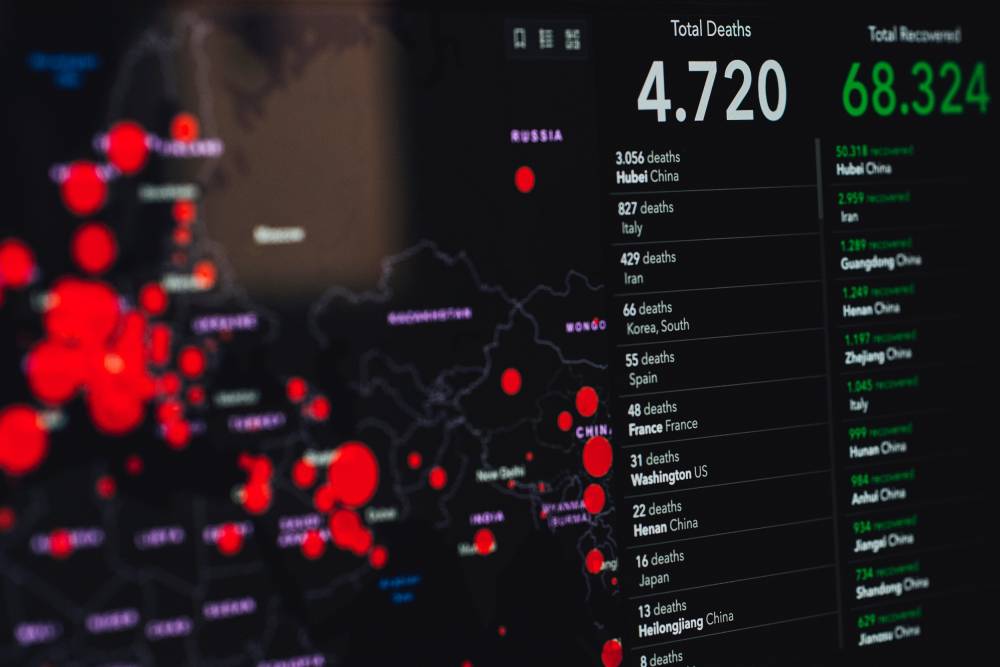Statistics in IB SL Math AA: A Comprehensive Guide to Data Analysis and Interpretation

Statistics is an essential component of the IB SL Math AA curriculum. It involves the collection, analysis, and interpretation of data, which enables students to make informed decisions and draw accurate conclusions. The study of statistics is crucial in various fields, including science, business, economics, and social sciences. Therefore, the IB SL Math AA program aims to equip students with the necessary skills to use statistical methods to solve real-world problems.
The IB SL Math AA syllabus covers various statistical topics, including descriptive statistics, probability, correlation, regression analysis, hypothesis testing, and the normal distribution. Descriptive statistics involve summarizing and organizing data using measures of central tendency, such as mean, median, and mode, and measures of dispersion, such as range, interquartile range, and standard deviation. Probability deals with the likelihood of an event occurring, and students learn to calculate probabilities using different methods such as tree diagrams, Venn diagrams, and probability distributions.
Correlation and regression analysis involve studying the relationship between two or more variables. In correlation analysis, students learn to determine the strength and direction of the relationship between variables using correlation coefficients. In regression analysis, students use regression lines to model the relationship between two variables, and they learn to make predictions based on the regression line.
Hypothesis testing is a crucial aspect of statistics, and it involves using statistical methods to test the validity of a claim or hypothesis about a population. Students learn to formulate hypotheses, select appropriate statistical tests, and interpret the results of the tests. The normal distribution is a continuous probability distribution that is widely used in statistical analysis. Students learn to calculate probabilities and percentiles using the normal distribution and to use z-scores to standardize data.
In addition to these statistical concepts, the IB SL Math AA program also focuses on data analysis and interpretation. Students learn to collect data using various methods, including surveys, experiments, and observational studies. They also learn to analyze and interpret data using appropriate statistical methods and to draw conclusions based on the data. Moreover, students learn to communicate their findings effectively using graphs, tables, and other visual aids.
The study of statistics is crucial in today's data-driven world. The IB SL Math AA program equips students with the necessary skills to use statistical methods to solve real-world problems. These skills are invaluable in various fields, including science, business, economics, and social sciences. Moreover, the program encourages students to think critically, make informed decisions, and communicate their findings effectively. These skills are essential for success in any profession, and they are particularly crucial in the 21st century, where data is ubiquitous, and the ability to analyze and interpret data is essential.
In conclusion, statistics is an essential component of the IB SL Math AA curriculum. The program covers various statistical concepts, including descriptive statistics, probability, correlation, regression analysis, hypothesis testing, and the normal distribution. Students learn to use statistical methods to collect, analyze, and interpret data, and they develop critical thinking, decision-making, and communication skills. These skills are crucial in various fields, and they are essential for success in the 21st century.


